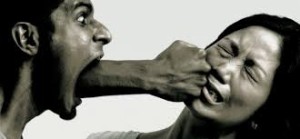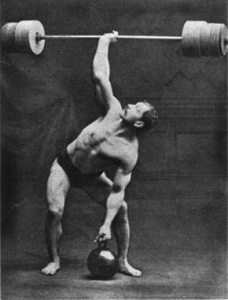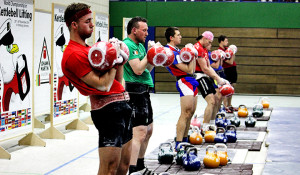I read this blog post a couple of years ago and the concept has stuck with me. The idea of lots of 1% improvements to take you to the next level. I think holds a lot of value in thinking about life and fitness. If you were to take each thing in your day and make it a little better, your whole life would be improved. Big changes are hard, little changes are easy. For example, Tim Ferris, author of The 4-Hour Work Week, once mentioned that he takes a “3-breath break” from time to time. He finds it extremely difficult to spend 10 minutes meditating and gets lost trying to count to ten breaths. So instead of doing no meditation because it’s too hard, he simplified to taking a few 3-breath breaks throughout the day to calm his mind. 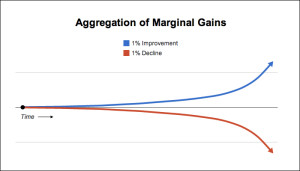
Find it too hard to exercise every day and find yourself doing nothing? How about doing a pushup or a squat? Certainly you can do that. How about once in the morning first thing and once before bed? Easy. The point is you’re not going to get fitter doing 1 pushup and 1 squat a day but going from zero to one is a huge hurdle. Once you are over the hurdle things get a lot easier.
If your email inbox is getting too full start unsubscribing from one email list a day. Over time it will unclutter your inbox.
People struggle with making huge diet changes all at once. Instead drink one less soda a day. Eat one more serving of vegetables. Order a salad instead of fries. Instead of chicken covered in bread crumbs get grilled chicken.
I love the way this philosophy is built into CrossFit. On any given day you are going to do either gymnastics, weightlifting or monostructural activities and going to challenge yourself to do more reps, more weight and/or go faster. You are going to work at an intensity that is high enough for you to cause your body to adapt. You won’t adapt all at once, you will adapt a little tiny bit across any and all of these 10 General Physical Skills: Strength, Cardio-Respiratory Endurance, Stamina, Flexibility, Power, Speed, Coordination, Accuracy, Agility, and Balance. Eventually, the synergistic effect will be a level of fitness that is broad, general, and inclusive.
Expanding this out to life, we just need to make small gains every day in each area with respect to family, work, friends, and community to continue to grow and get better.
What I find happens is a snow ball effect. As you start to make small changes, the next wave of changes become easier. You start eating more vegetables and then you start remembering to take your fish oil. You start drinking more water and then you start exercising more. You start exercising more and then you start meditating more. Eventually you get in the flow of doing little things to improve yourself and find less ways to sabotage yourself.
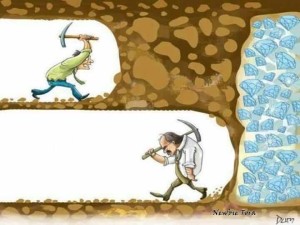 that you cannot go on, that there is nothing left. Yet you finish the workout. We have all seen the poster of the guy digging the tunnel and he is quitting but he can’t see that he right about to break through to the other side with one more shovel full of dirt.
that you cannot go on, that there is nothing left. Yet you finish the workout. We have all seen the poster of the guy digging the tunnel and he is quitting but he can’t see that he right about to break through to the other side with one more shovel full of dirt.
